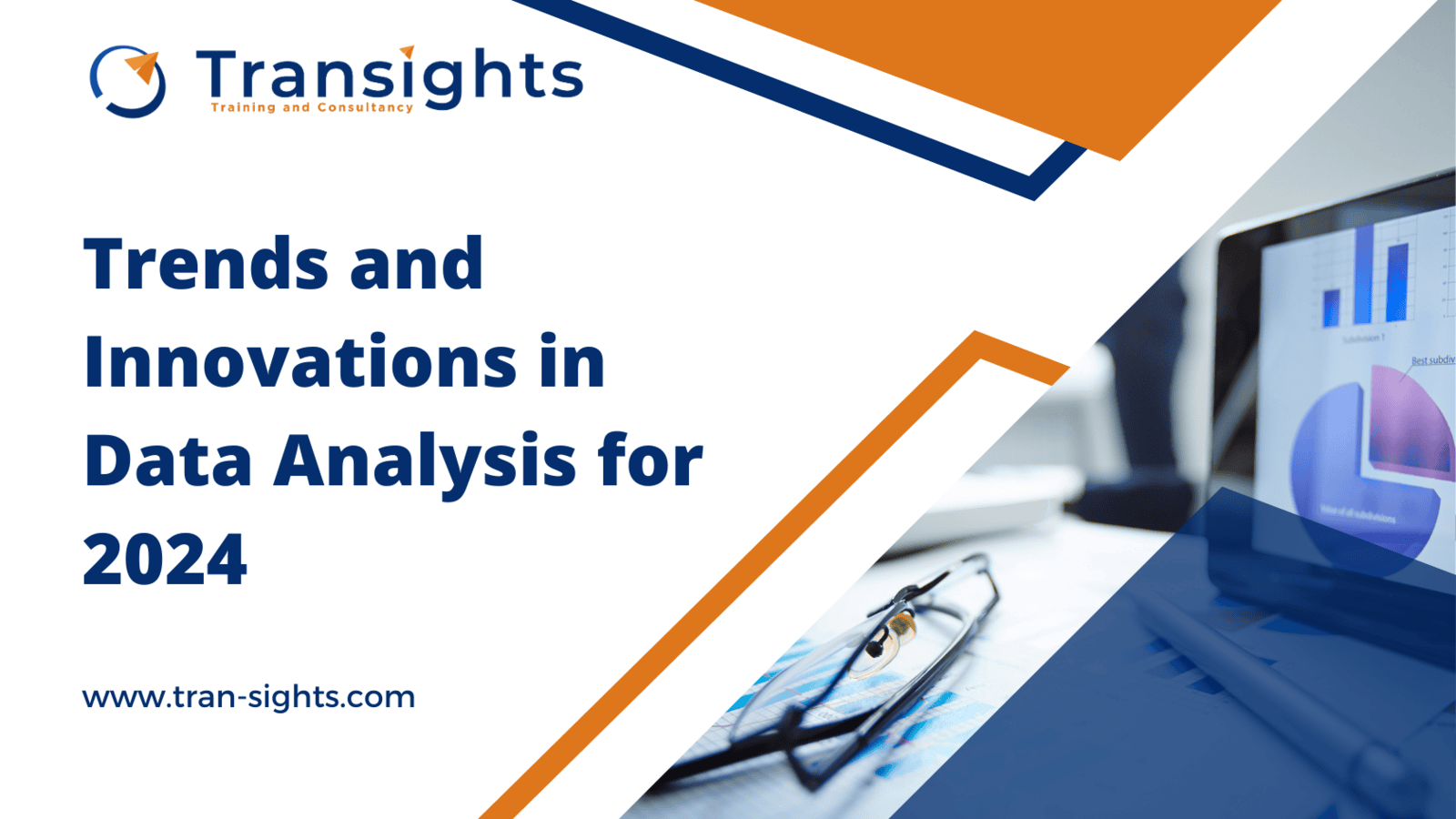
In the ever-evolving landscape of technology and information, the practice of data analysis stands as a crucial pillar in understanding trends, making informed decisions, and driving innovation across industries. As we sail into 2024, a plethora of trends and innovations are shaping the realm of data analysis, promising to revolutionize the way organizations harness the power of data. Let's embark on a journey through some of the key developments defining the data analysis landscape in 2024.
1. AI-Powered Analytics
1. AI-Powered Analytics
Artificial Intelligence (AI) continues to be at the forefront of data analysis, enabling organizations to extract meaningful insights from vast and complex datasets at unprecedented speeds. In 2024, AI-powered analytics tools have become even more sophisticated, leveraging advanced machine learning algorithms to uncover hidden patterns, detect anomalies, and predict future trends with remarkable accuracy. From natural language processing (NLP) for text analysis to computer vision for image recognition, AI is transforming how businesses interpret and leverage their data assets.
2. Edge Analytics
2. Edge Analytics
The proliferation of Internet of Things (IoT) devices has led to an explosion of data generated at the edge of networks. In response, edge analytics has emerged as a pivotal trend in 2024, allowing organizations to process and analyze data closer to its source, minimizing latency and optimizing bandwidth utilization. By deploying analytics capabilities directly on IoT devices or at the network edge, businesses can derive real-time insights, enabling faster decision-making and enhanced operational efficiency across various domains, including manufacturing, healthcare, and transportation.
3. Privacy-Preserving Analytics
3. Privacy-Preserving Analytics
With growing concerns around data privacy and regulatory compliance, privacy-preserving analytics has gained significant traction in 2024. This approach employs cryptographic techniques such as homomorphic encryption and differential privacy to analyze sensitive data while protecting individual privacy. By anonymizing or encrypting data before analysis, organizations can unlock valuable insights without compromising the confidentiality of personal information, thereby fostering trust and compliance in an era of stringent data protection regulations.
4. Augmented Analytics
4. Augmented Analytics
Augmented analytics is revolutionizing the way data is explored and interpreted, empowering users of all skill levels to derive actionable insights from complex datasets. In 2024, augmented analytics platforms integrate natural language processing, automated machine learning, and data visualization capabilities to streamline the entire analytics workflow, from data preparation to insight generation. By automating routine tasks and providing intuitive interfaces, these platforms democratize access to analytics, enabling business users to make data-driven decisions with confidence.
5. Ethical Data Analysis
5. Ethical Data Analysis
As the ethical implications of data analysis come under increased scrutiny, organizations are placing greater emphasis on ethical considerations in 2024. Ethical data analysis encompasses practices such as responsible data collection, transparent algorithms, and equitable decision-making to ensure that data-driven initiatives benefit society as a whole while minimizing potential harms and biases. By embedding ethical principles into the fabric of data analysis processes, businesses can build trust with stakeholders and mitigate risks associated with unethical use of data.
In conclusion,
the landscape of data analysis in 2024 is characterized by a convergence of technological innovation, ethical considerations, and a relentless pursuit of value creation. By embracing AI-powered analytics, edge computing, privacy-preserving techniques, augmented analytics, and ethical practices, organizations can navigate the data seas with confidence, unlocking new opportunities for growth, innovation, and societal impact in the digital age.

